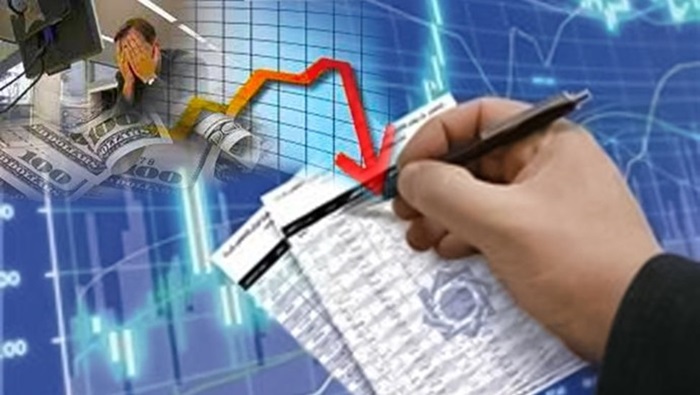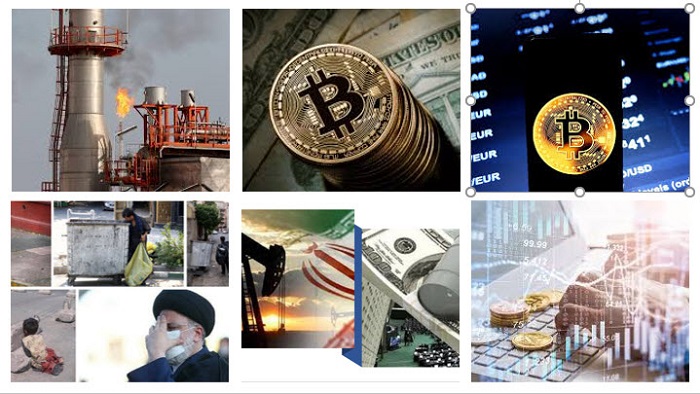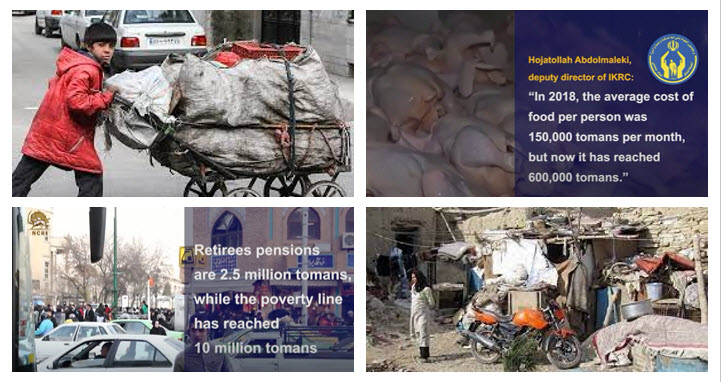

Rooted in ideologies that centralized economic control without public oversight, the regime has overseen a gradual but steady degradation of the country’s financial health, characterized by corruption, mismanagement, and policy-induced disruptions.
The foundational problems began with the leadership’s approach to economic management. Ruhollah Khomeini, the regime’s founder, established a system where a select group controlled the nation’s resources, leading to widespread corruption and the looting of wealth. This system not only destroyed domestic production but also led to an unfair distribution of resources, exacerbating economic disparities.
The banking sector, critical to any nation’s economic stability, has been particularly hard hit. These include the nationalization of banks, government-imposed policies on bank management, and manipulated interest rates, which have collectively precipitated multiple banking crises over the decades.

Iran’s Central Bank has documented four major banking crises since the Islamic Revolution, with each correlating with significant political or economic upheavals, such as the Iran-Iraq War and periods of intense economic sanctions. These crises were marked by increased national debt, liquidity shortages, and rampant inflation, contributing to a cyclical pattern of economic instability.
In recent years, the situation has become dire. The end of the 2010s saw banks grappling with overwhelming debt, high inflation, and increasing international isolation. Despite regulatory requirements for banks to maintain a minimum level of liquid assets, many, including major institutions like Ayande and Bank Melli, reported negative total assets, pointing to a de facto state of bankruptcy.

Governance issues have compounded these problems. Reports from Tejarat News in 2023 highlighted the government’s chronic underpayment of its debts to banks, which, coupled with questionable internal loan practices by bank boards, has perpetuated financial instability.
Despite ultimatums from the Central Bank’s Governor to resolve these imbalances, little has changed, with internal disputes between the Central Bank and the Ministry of Economy becoming increasingly public.

The ongoing crises reflect a broader systemic issue within Iran’s governance structures, where economic policy is often subsumed by political objectives, leaving the financial system in a precarious state.

MEK Iran (follow us on Twitter and Facebook), Maryam Rajavi’s on her site, Twitter & Facebook, NCRI (Twitter & Facebook), and People’s Mojahedin Organization of Iran – MEK IRAN – YouTu







